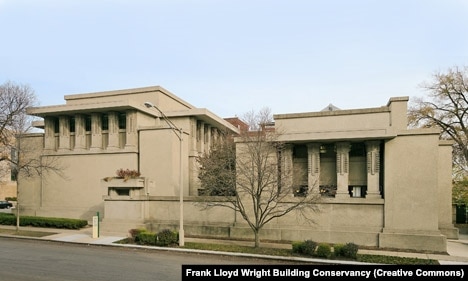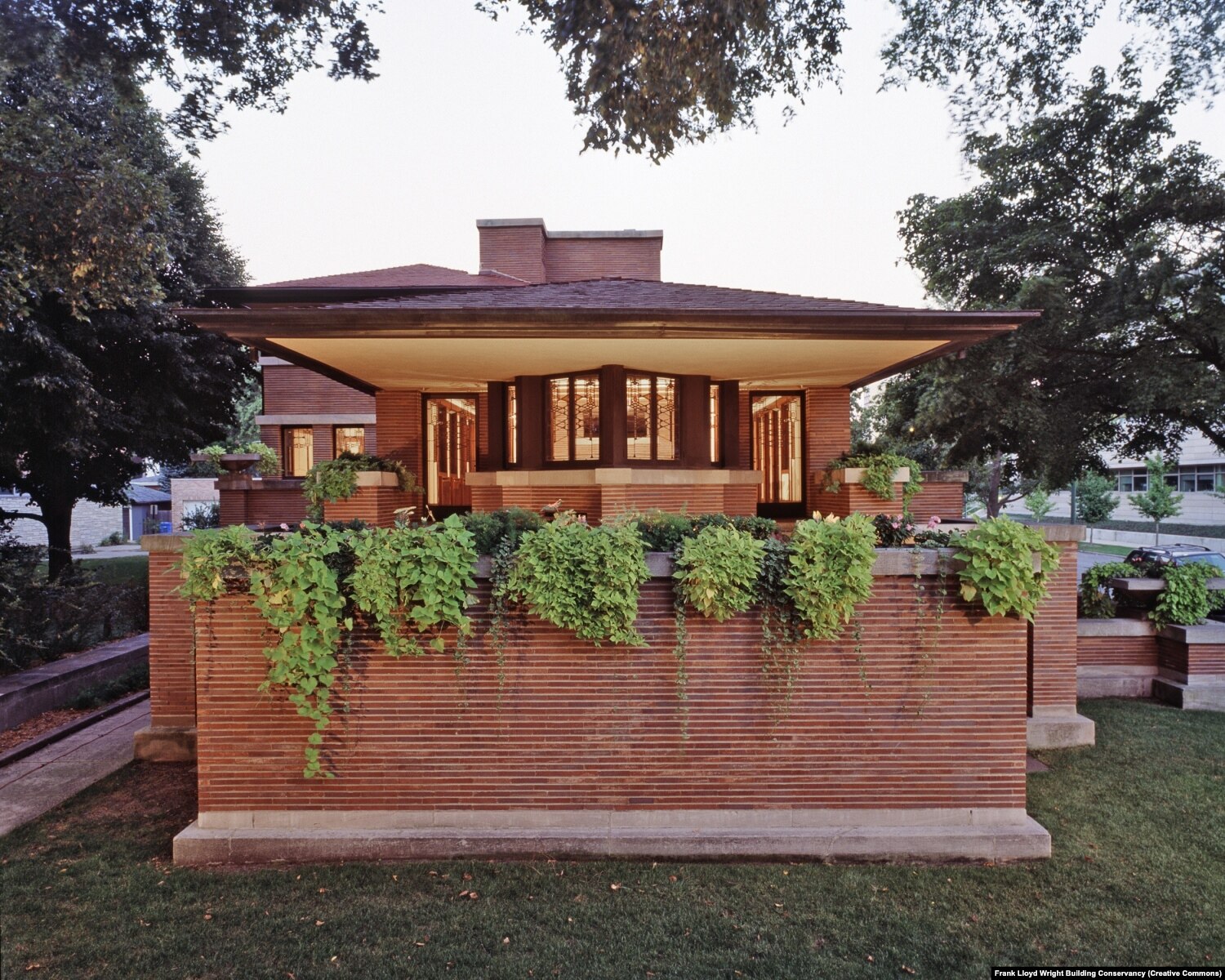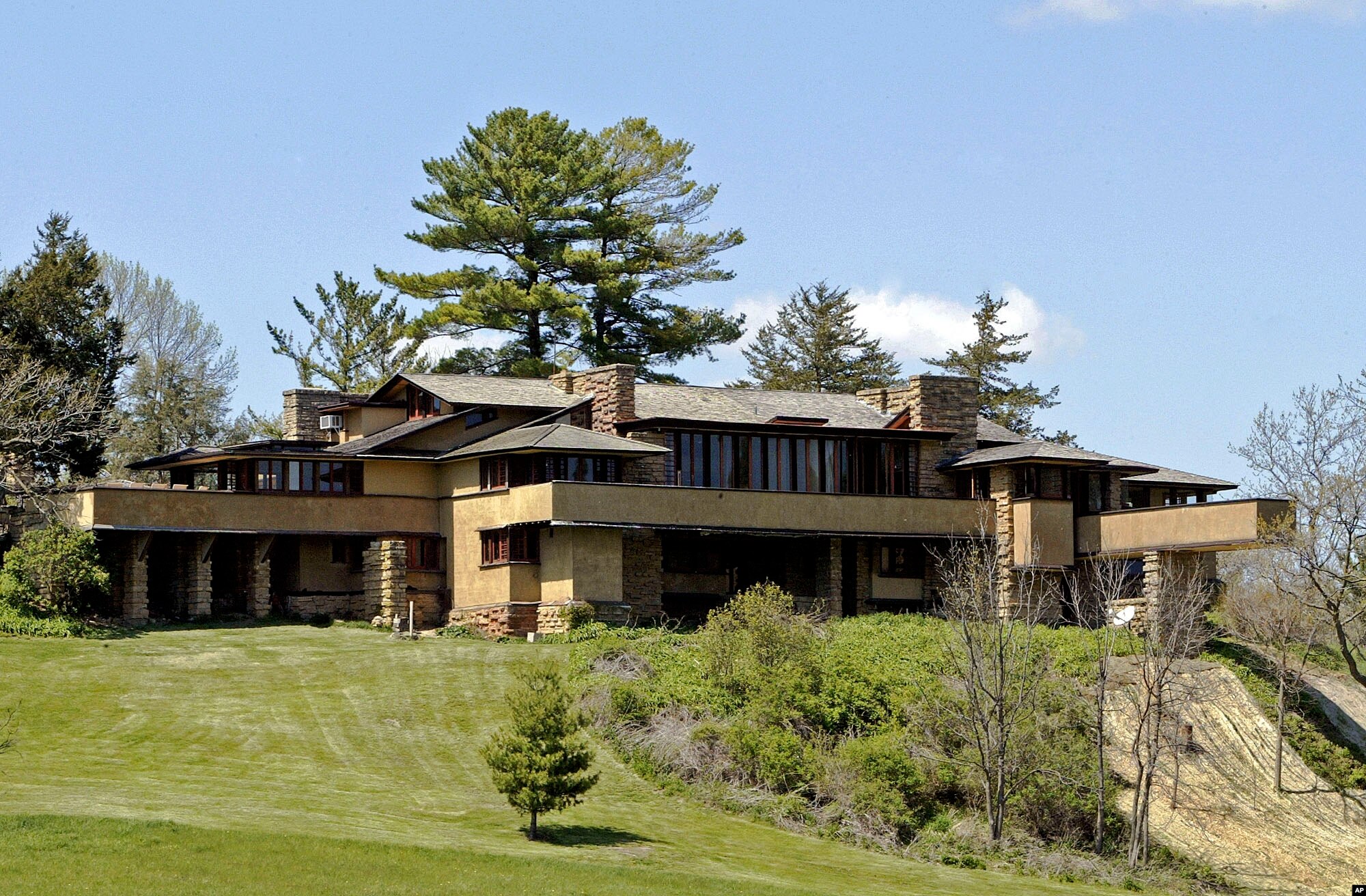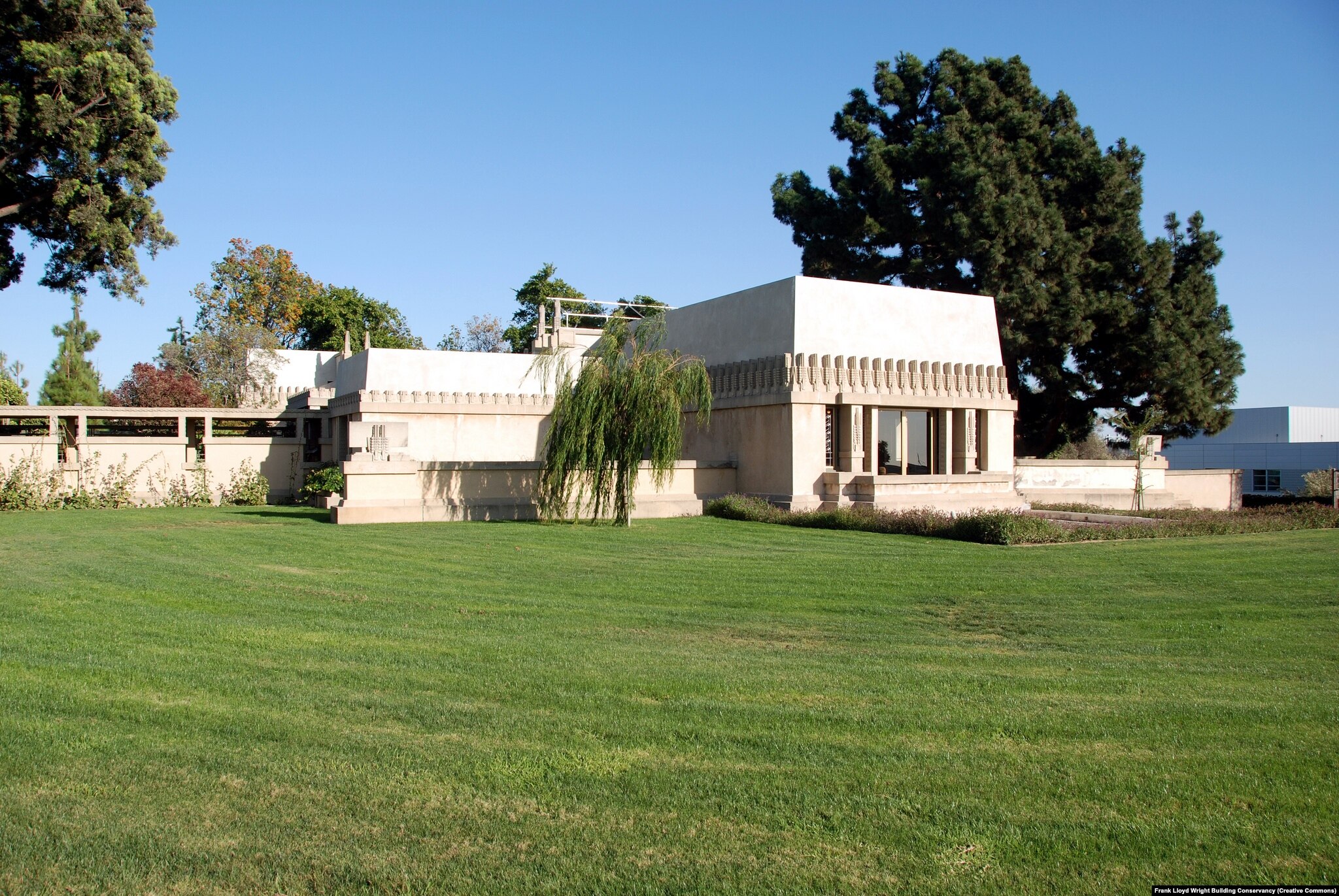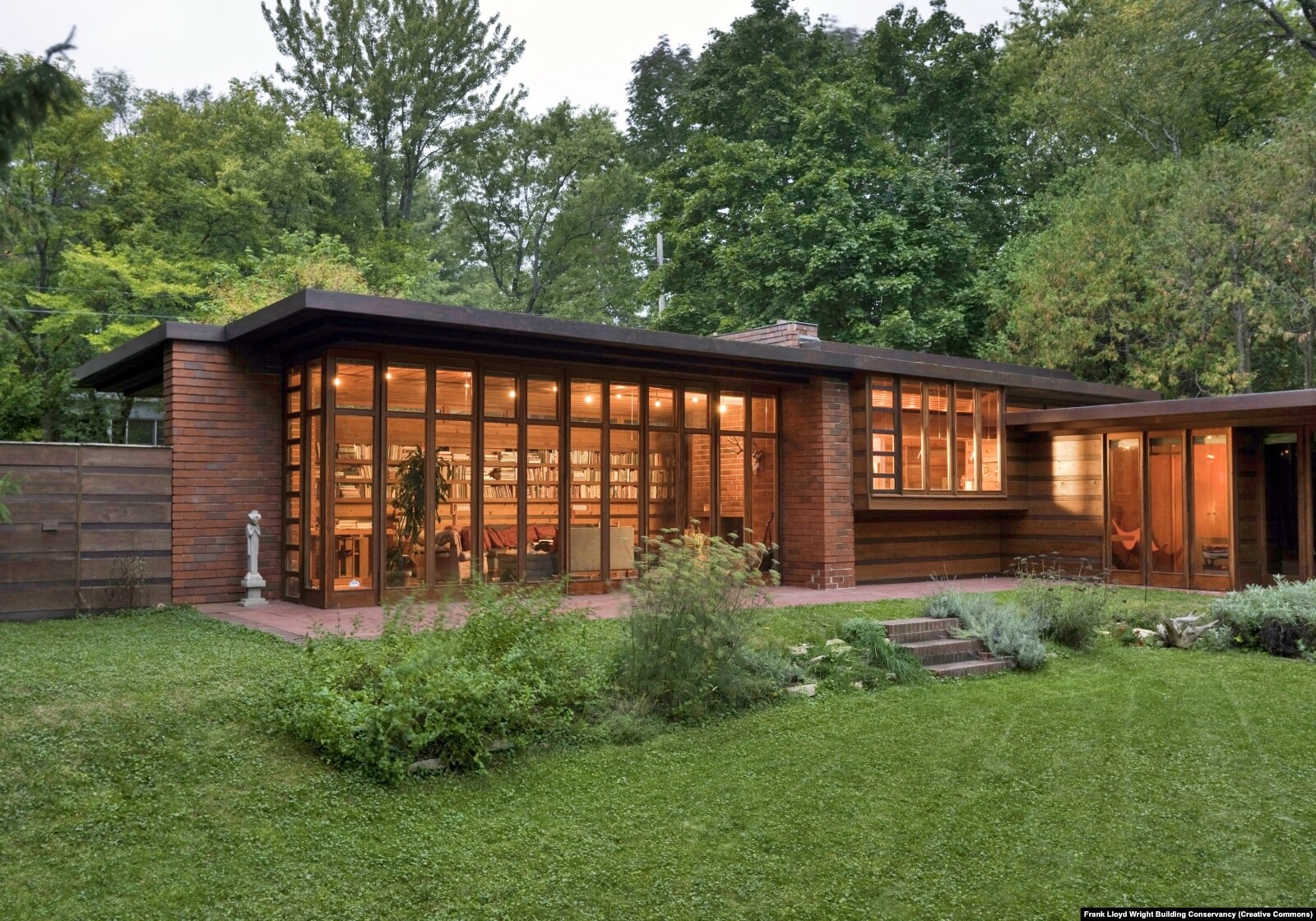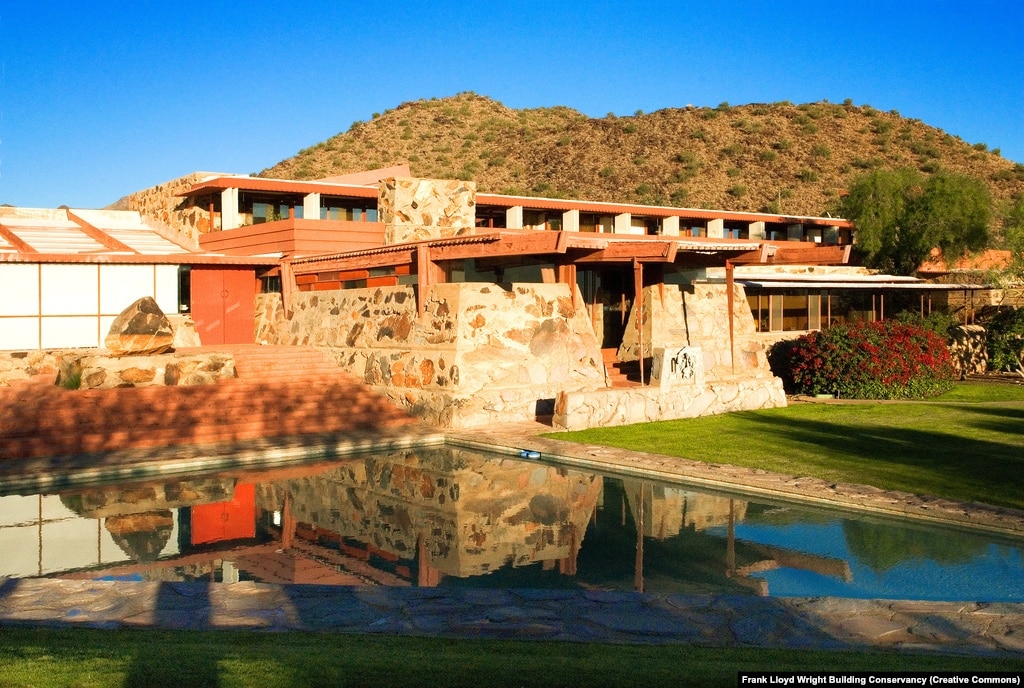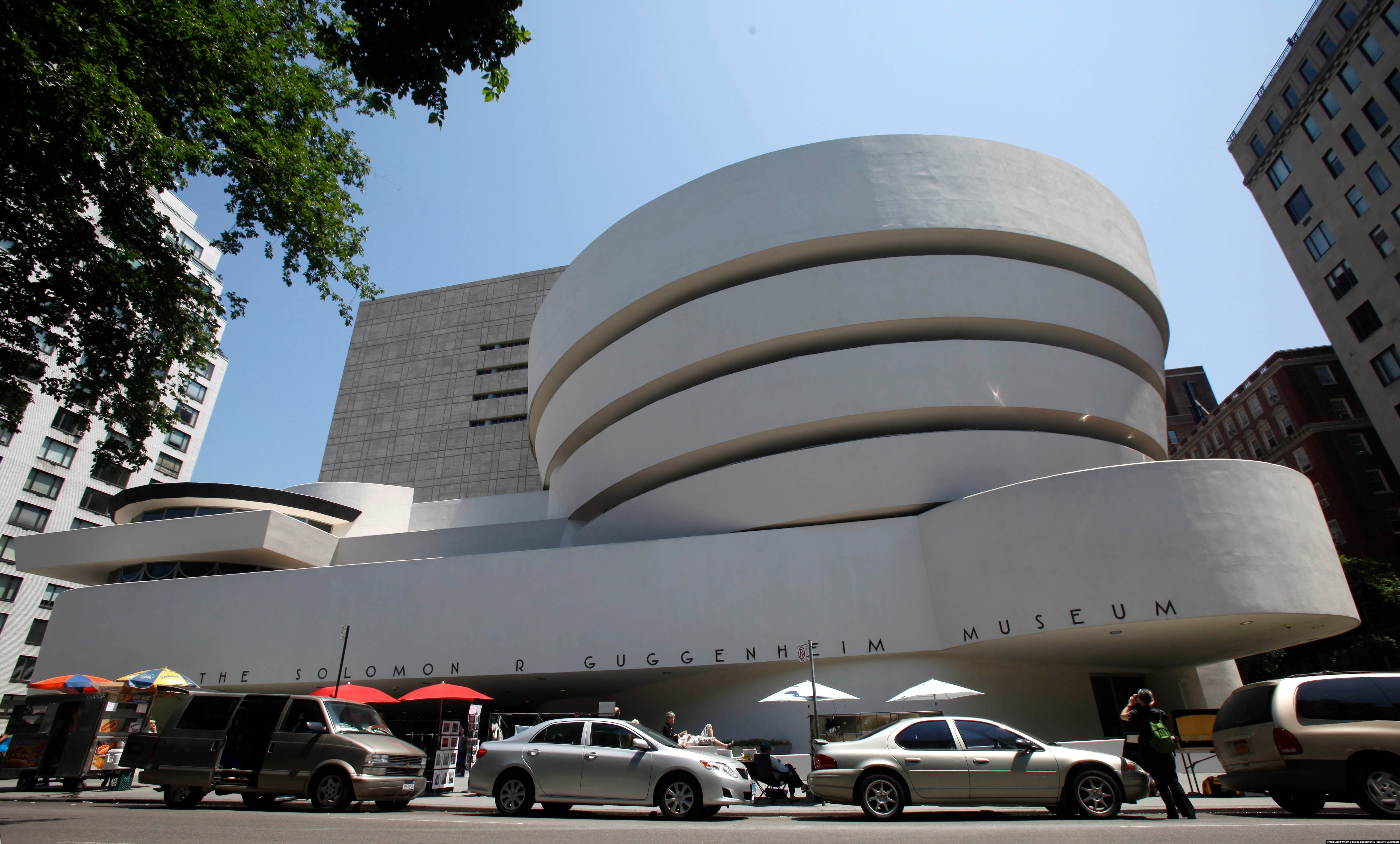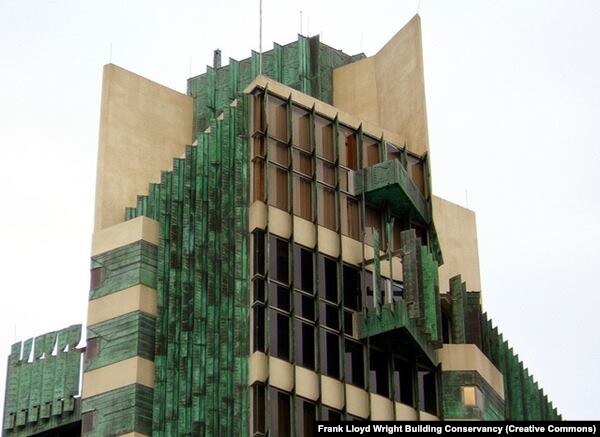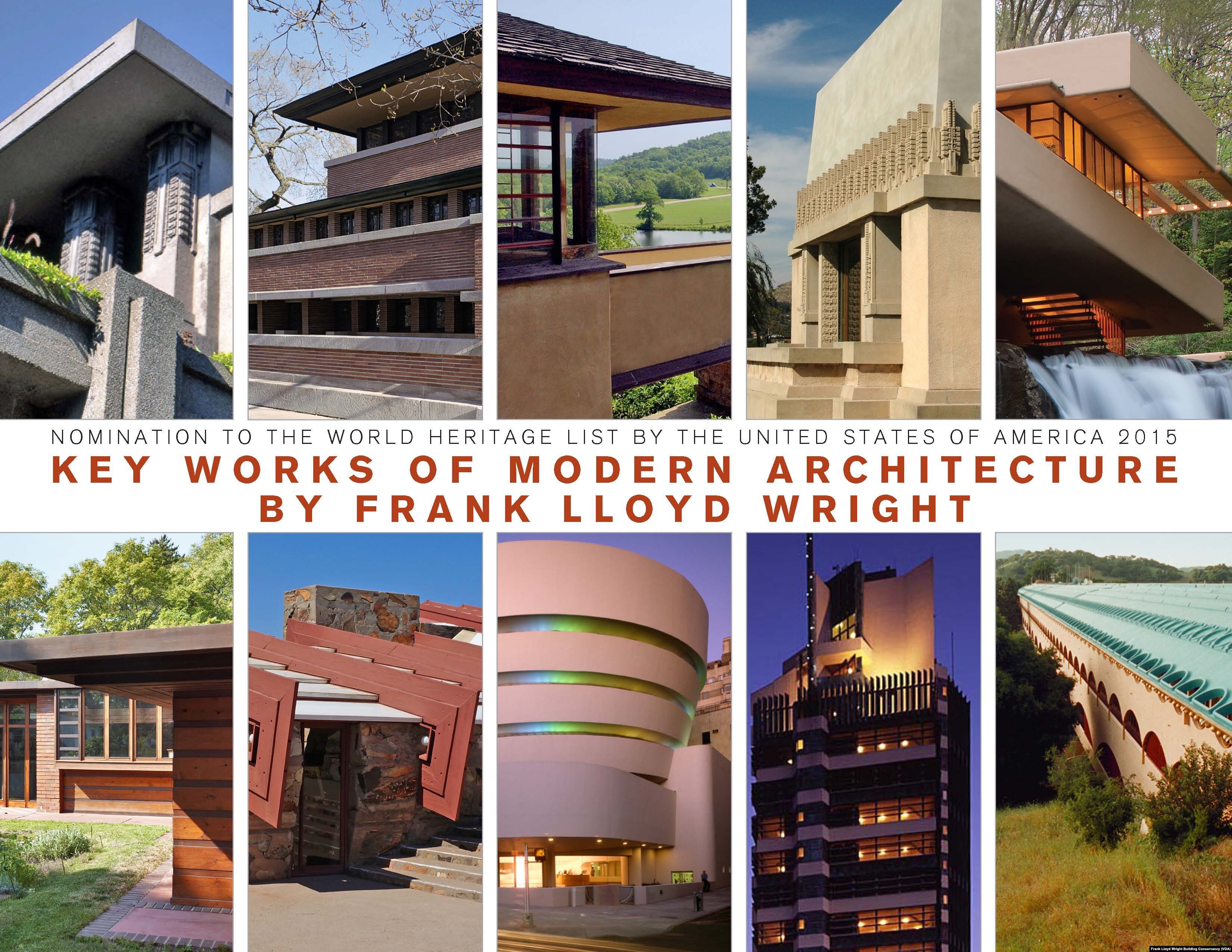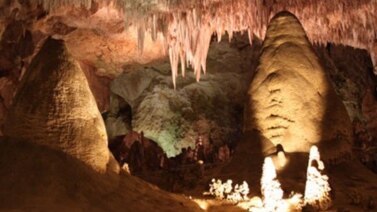
Frank Lloyd Wright is often called the father of American modern architecture. He designed buildings and homes across the United States for more than 70 years. He created most of his works from 1900 through the 1950s, but his open-living spaces and imaginative designs still appear very modern today.
Last week, the United States nominated 10 of his buildings for the UN Educational, Scientific, and Cultural Organization – or UNESCO – World Heritage List. The World Heritage List recognizes the most important cultural and natural sites worldwide.
The 10 properties included in the United States’ proposal, titled “Key Works of Modern Architecture by Frank Lloyd Wright,” were built between 1906 and 1969. They include several of his personal homes and studios, churches, government buildings, private residences, and one very famous museum – New York City’s Guggenheim Museum.
The Solomon R. Guggenheim Museum is one of the most visited sites in New York City. About one million people visit every year. Frank Lloyd Wright worked on it from 1943 to 1959. It was designed to create a new type of space for new types of art. The museum remains an international icon of modern architecture that represents Wright’s unique design.
Many of Mr. Wright’s modern buildings and homes in the U.S. Midwest have also become icons of modern American architecture. In the early 1900s, Frank Lloyd Wright designed what are often called prairie houses. A prairie is a large, mostly flat area of land with few trees and covered in grass.
One of Mr. Wright’s most famous prairie houses, the Robie House, is also included among the 10 buildings. The Robie House, located in Chicago, Illinois, looks like a series of long low rooms on different levels. The rooms seem to float over the ground. Mr. Wright designed everything in this house, including the furniture and floor coverings. Mr. Wright’s prairie houses had a great influence on home design in America.
When the Robie House was completed in 1909, the open flow space forming the living and dining rooms was a new kind of modern living space. Even more than 100 years later, his prairie houses still appear very modern.
Richard Longstreth is the president of the Frank Lloyd Wright Building Conservancy. He calls Mr. Wright “the father of modern architecture, fundamentally redefining the nature of form and space during the early 20th century that would have enduring impacts of modern architecture worldwide.”
The eight other buildings included in the nominations are: the Unity Temple in Oak Park, Illinois; Taliesin in Spring Green, Wisconsin; Hollyhock House in Los Angeles, California; Fallingwater in Mill Run, Pennsylvania; Herbert and Katherine Jacobs House in Madison, Wisconsin; the Taliesin West in Scottsdale, Arizona; Price Tower in Bartlesville, Oklahoma; and the Marin County Civic Center in San Rafael, California.
The UNESCO World Heritage Committee will announce its decision in mid-2016. If Frank Lloyd Wright’s 10 buildings are chosen for the list, they would be the first World Heritage listings for modern U.S. architecture. The World Heritage List already includes 22 other American sites, including the Grand Canyon, Yellowstone National Park and the Statue of Liberty.
I’m Ashley Thompson
This article was based on a report by VOA correspondent Isabela Cocoli. Ashley Thompson wrote it for Learning English. Hai Do was the editor.
Words in This Story
imaginative – adj. having or showing an ability to think of interesting ideas
proposal – n. something (such as a plan or suggestion) that is presented to a person or group of people to consider
icon – n. something or someone that is very admired
unique – adj. very special or unusual
Does your country have many UNESCO World Heritage sites? What makes them unique and special? We want to hear from you. Write your thoughts in the comments section.
